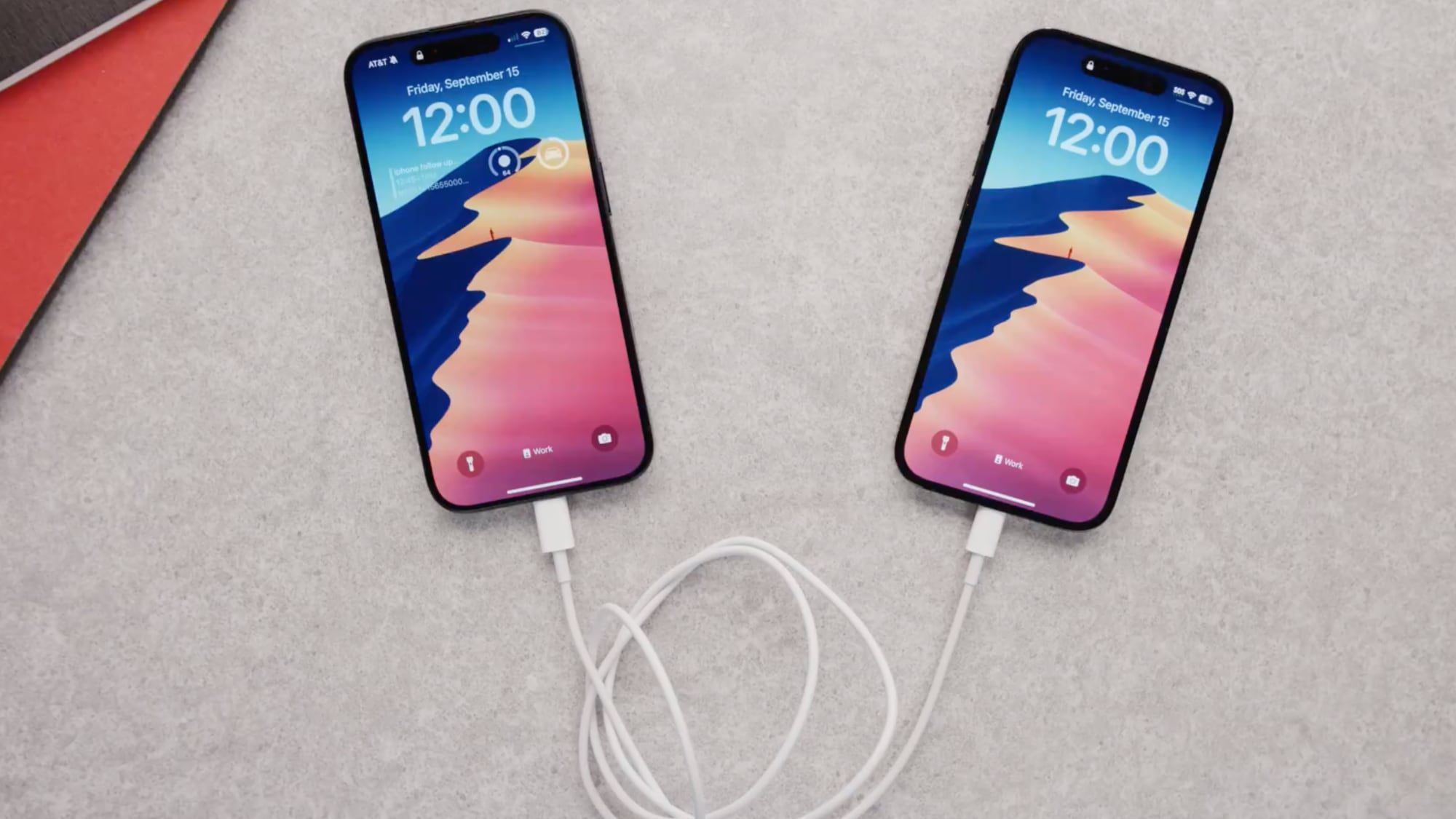Apple is expected to replace its proprietary Lightning charger with USB-C charging in the iPhone 15, complying with EU regulations and creating a more streamlined charging process.
Millions of people who will enter the USB-C ecosystem with the iPhone 15 may encounter confusion over its capabilities, as the technology is tainted by uncertainty and lacks certification, resulting in varying data transfer and charging speeds.
Apple is expected to unveil the iPhone 15 with a USB-C port and updated wireless charging, as well as the Apple Watch Series 9, at its upcoming event.
The iPhone 15 series does not bring significant improvements in battery life or charging speed, although it does introduce a USB-C port instead of the Lightning connector, which is a major convenience.
Millions of people entering the USB-C ecosystem with the new iPhone 15 models will encounter the confusion and inconvenience of not knowing whether their device or cable supports high-speed data transfer or fast charging, highlighting the challenges of the USB ecosystem.
The iPhone 15 and iPhone 15 Pro models have a new battery health setting that limits charging to 80% at all times, separate from the Optimized Battery Charging feature, in order to improve battery lifespan.
The iPhone 15 can be connected to an Android phone via USB-C, with the Android phone charging from the iPhone initially and then vice versa, but file transfers between the two phones were unsuccessful.
Apple will release the iPhone 15 with a faster processor and better camera, but the most exciting feature is its switch from the proprietary lightning connector to USB-C due to European Union regulations.
Anker is offering discounts on USB-C accessories for the iPhone 15 and iPhone 15 Pro on Amazon, including portable batteries, a MagSafe-compatible charger stand, and USB-C wall chargers.
Some USB-C battery packs, including the Anker PowerCore Slim 10K PD, are not compatible with the iPhone 15 due to the phone's reverse charging feature, and the only way to charge the iPhone is to use the USB-A port.
The iPhone 15 marks Apple's first inclusion of a USB-A to USB-C cable in its store, allowing compatibility with USB-C enabled devices such as Macs, iPads, and iPhones.
The iPhone 15 is a compelling upgrade over the iPhone 14 Pro, offering better in-hand feel, improved photo quality, and future-proof features like USB-C.
The iPhone 15 is praised for its impressive camera, sleek design, and the transition to a USB-C charger, making it one of the best smartphones available and an appealing choice for Android users wanting to switch to iOS.
Apple has replaced the Lightning port on the iPhone 15 and iPhone 15 Plus with USB-C, allowing for easier connectivity with accessories and peripherals, and the Pro models support USB-3 speeds for faster data transfer.
